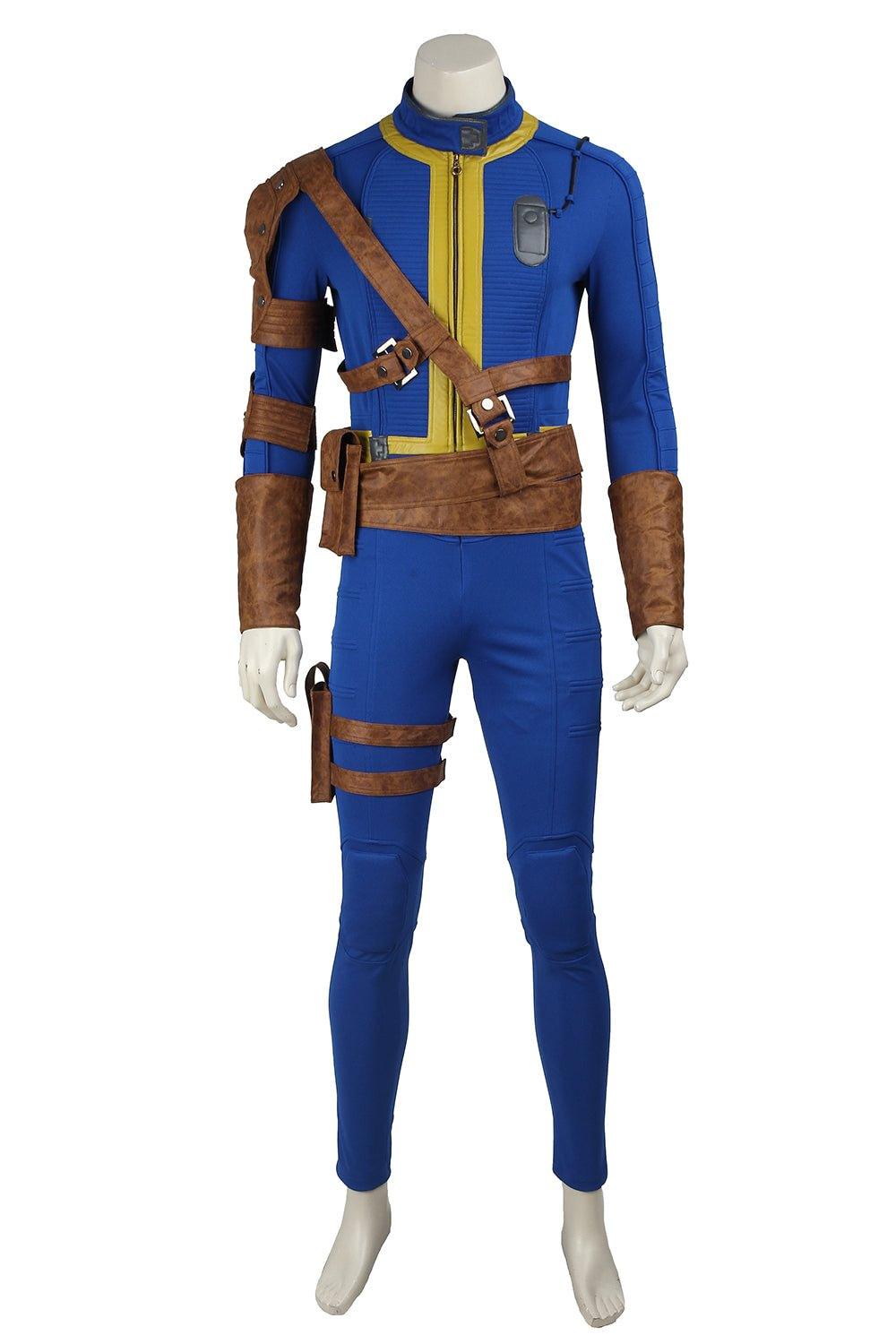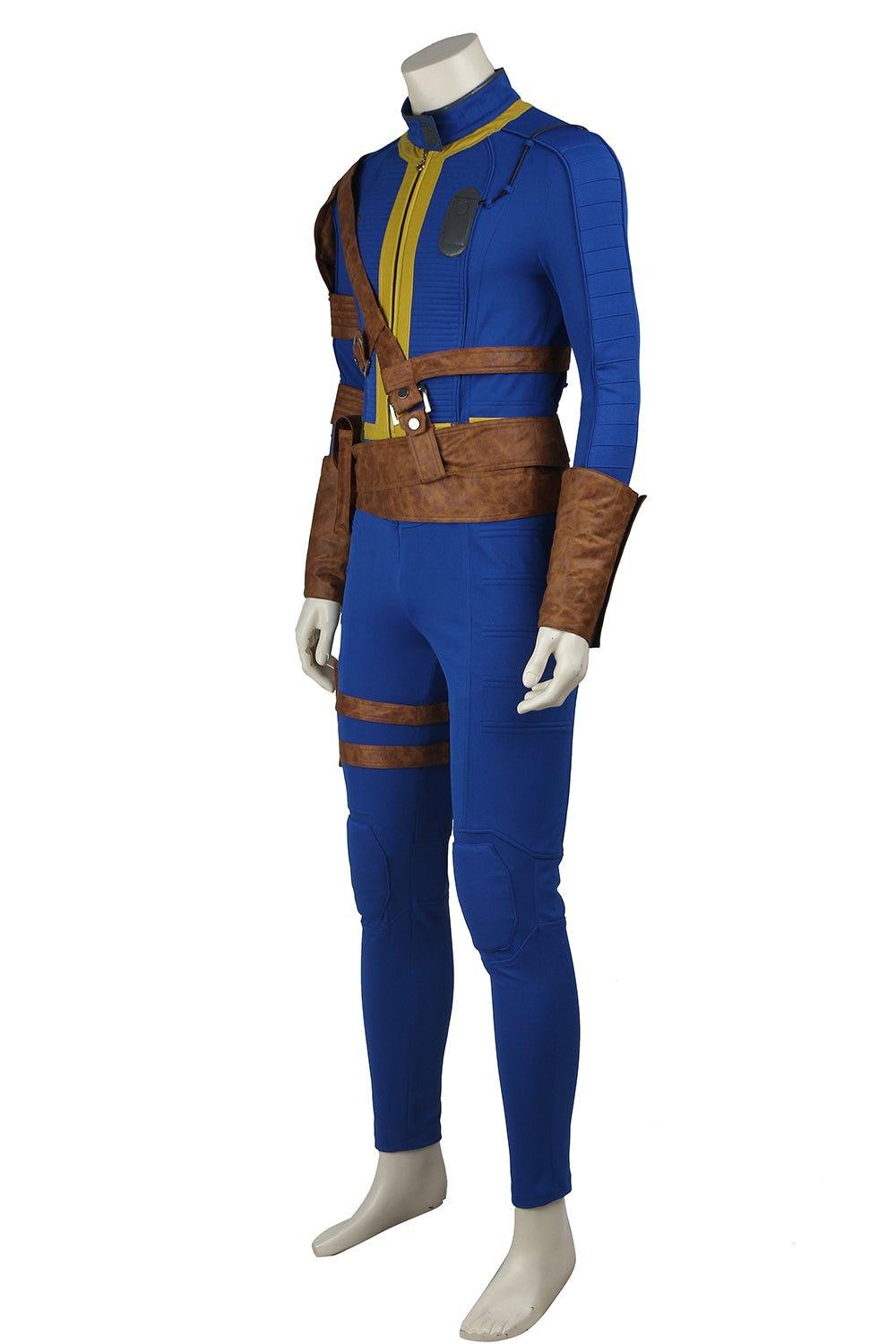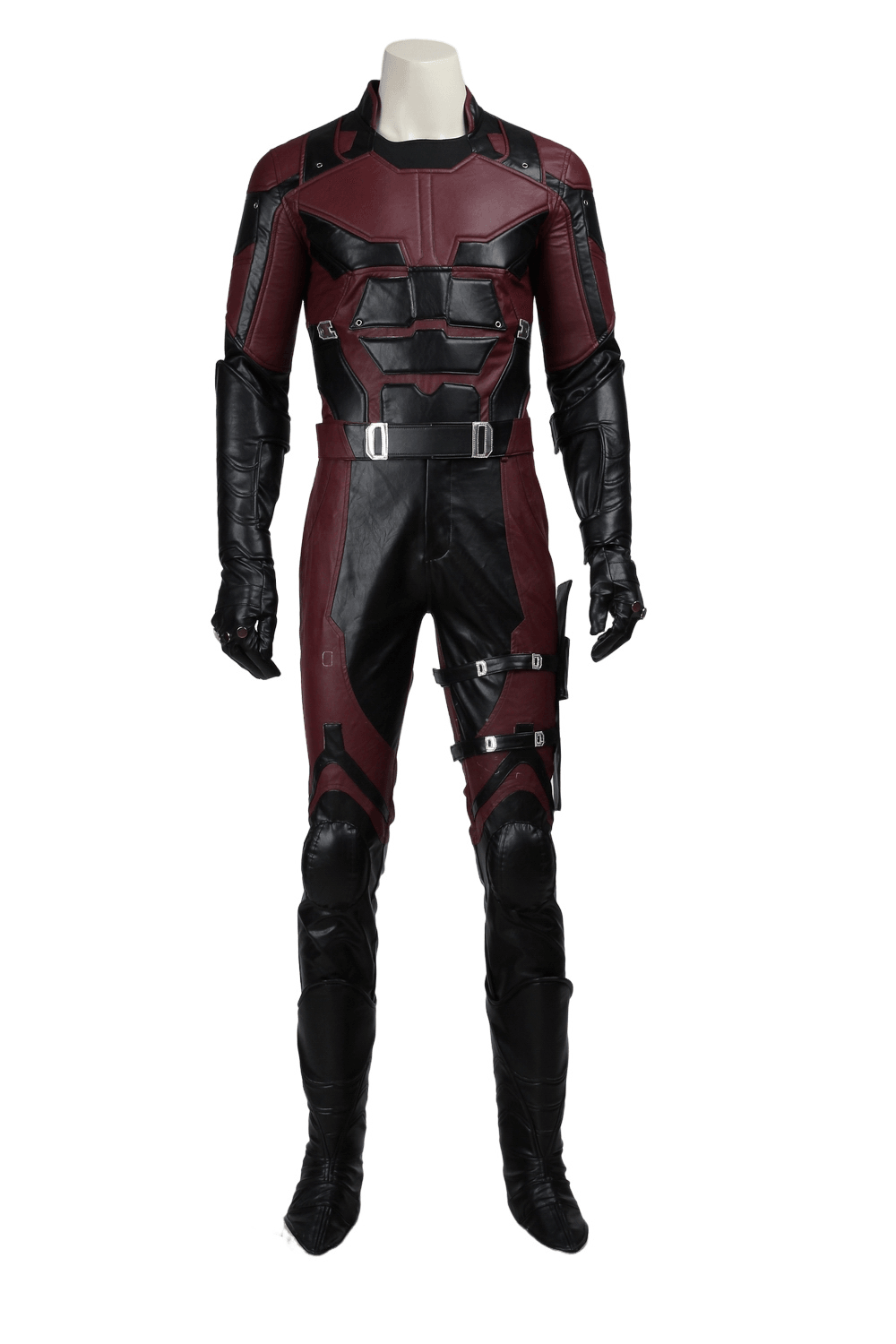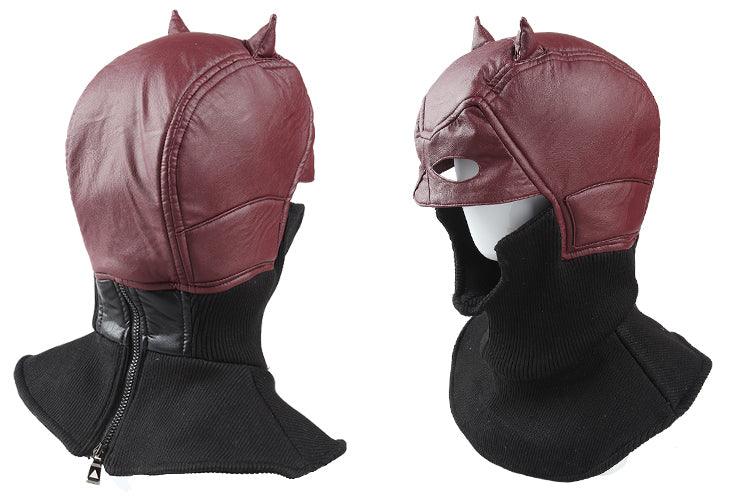How to Paint Cosplay Armor: A Comprehensive Guide
Creating and painting cosplay armor is an art form that brings your favorite characters to life. Whether you're a seasoned cosplayer or a beginner, painting your armor can be a daunting task. This guide will walk you through the entire process, from selecting materials to applying the final touches, ensuring your cosplay armor looks professional and screen-ready.
Materials and Tools
Before you start painting, gather the necessary materials and tools:
Materials:
-
EVA Foam: Available in various thicknesses (2mm, 5mm, 7mm, 10mm).
-
Contact Cement: For strong, durable bonds.
-
Hot Glue: Useful for quick fixes and smaller pieces.
-
Plasti Dip: A flexible sealant used for priming foam.
-
Acrylic Paints: For painting and detailing.
-
Spray Paint: For base coats and larger areas.
-
Velcro or Nylon Straps: For securing armor pieces.
-
Sandpaper: For smoothing edges and surfaces.
-
Clear Sealant: To protect the final paint job.
Tools:
-
Utility Knife or X-Acto Blade: For cutting foam.
-
Scissors: For cutting patterns and foam.
-
Metal Ruler: For straight cuts.
-
Rotary Tool (Dremel): For detailed work and smoothing edges.
-
Heat Gun: For shaping foam.
-
Cutting Mat: To protect your work surface.
-
Fine Point Marker: For marking patterns on foam.
-
Safety Gear: Gloves, mask, and goggles.
Step-by-Step Guide
1. Planning and Designing
Start by selecting the character and specific armor pieces you want to create. Research reference images to understand the design and details. Sketch out your armor pieces or find templates online. Websites like CrazeCosplay.com offer a variety of templates and patterns that can be helpful.
2. Creating Patterns
Use paper or cardboard to create templates for your armor pieces. This step is crucial for ensuring that your foam pieces fit together correctly. Cut out the patterns and test fit them on your body to make sure they are accurate.
3. Cutting and Shaping Foam
Once you have your patterns, transfer them onto the EVA foam and cut out the pieces using a utility knife or scissors. Use a heat gun to shape the foam, bending it to match the contours of your body. Smooth out any rough edges with sandpaper or a rotary tool.
4. Assembling the Armor
Use contact cement or hot glue to assemble the foam pieces. Apply the adhesive to both surfaces and let it dry for a few minutes before pressing them together. Hold the pieces in place until the glue sets.
5. Sealing the Foam
Before painting, seal the foam with a few coats of Plasti Dip or another flexible sealant. This step is essential to create a smooth surface for painting and to prevent the paint from soaking into the foam.
6. Priming the Armor
Apply a primer to the sealed foam to ensure the paint adheres properly. Plasti Dip works well as a primer, providing a flexible and durable base for your paint.
Painting Techniques
Spray Paint vs. Acrylic Paint
Both spray paint and acrylic paint have their pros and cons when it comes to painting cosplay armor. Here's a comparison to help you decide which to use:
|
Aspect
|
Spray Paint
|
Acrylic Paint
|
|
Application
|
Quick and easy for large areas.
|
Requires more time and precision for detailed work.
|
|
Drying Time
|
Dries quickly, allowing for faster layering.
|
Takes longer to dry between coats.
|
|
Coverage
|
Provides even coverage with fewer coats.
|
May require multiple coats for full opacity.
|
|
Detailing
|
Not ideal for small details; masking may be needed.
|
Perfect for intricate details and touch-ups.
|
|
Finish
|
Smooth, even finish.
|
Can show brush strokes if not applied carefully.
|
|
Ventilation
|
Requires a well-ventilated area or respirator mask.
|
Can be applied indoors with minimal ventilation.
|
|
Flexibility
|
Less flexible, may crack if armor is bent.
|
More flexible, better for pieces that need to move.
|
Combining Spray Paint and Acrylics
For the best results, consider using a combination of spray paint and acrylics. Start with a base coat of spray paint to cover large areas quickly and evenly. Once the base coat is dry, use acrylic paints to add details and highlights. This method allows you to take advantage of the strengths of both types of paint.
Painting Process
1. Base Coats
Apply a base coat of spray paint to your armor. Choose a color that matches the main color of your armor. Apply multiple thin coats, allowing each coat to dry before applying the next. This will ensure even coverage and prevent drips.
2. Detailing
Once the base coat is dry, use acrylic paints to add details and highlights. Use fine brushes for intricate designs and larger brushes for broader strokes. Dry brushing and washes can add depth and realism to your armor.
3. Weathering
To give your armor a battle-worn look, use weathering techniques such as dry brushing, washes, and sponging. Focus on areas that would naturally experience wear and tear, such as edges, joints, and raised details. Use darker colors to add shadows and lighter colors for highlights.
Finishing Touches
1. Sealing the Paint
Once you're satisfied with the paint job, seal it with a clear coat to protect the paint and add durability. Use a clear acrylic sealant or a flexible sealant like Plasti Dip. Apply multiple thin coats, allowing each coat to dry before applying the next.
2. Adding Straps and Fasteners
To wear your armor comfortably, add straps and fasteners to secure the pieces to your body. Use elastic straps, Velcro, or buckles, and attach them securely using contact cement or hot glue. Reinforce the attachment points with additional layers of foam or thermoplastic.
3. Padding
Add foam padding to the inside of the armor for comfort and a secure fit. This is especially important for larger pieces like chest plates and helmets.
4. Final Adjustments
Try on the armor and make any necessary adjustments for fit and comfort. Ensure that you can move freely and that the armor stays in place during wear. Make any final tweaks to the paint job or details to achieve the desired look.
Inspiration and Resources
For more inspiration and resources, consider the following:
-
YouTube Channels: Kamui Cosplay, Evil Ted Smith, and SKS Props offer in-depth tutorials and tips.
-
Online Communities: Platforms like Reddit (/r/cosplayprops) provide a space to share ideas and get feedback.
-
Cosplay Conventions and Workshops: Learn from experienced crafters and see techniques in action.
-
Websites: CrazeCosplay.com offers comprehensive guides and tutorials on making cosplay armor from foam and other materials.
Conclusion
Creating and painting cosplay armor is a fun and fulfilling process that allows you to express your creativity and craftsmanship. By following this guide, you'll be well on your way to making impressive and realistic cosplay armor. Whether you're a beginner or an experienced cosplayer, the key is to plan meticulously, practice your techniques, and enjoy the creative journey. Happy crafting!








